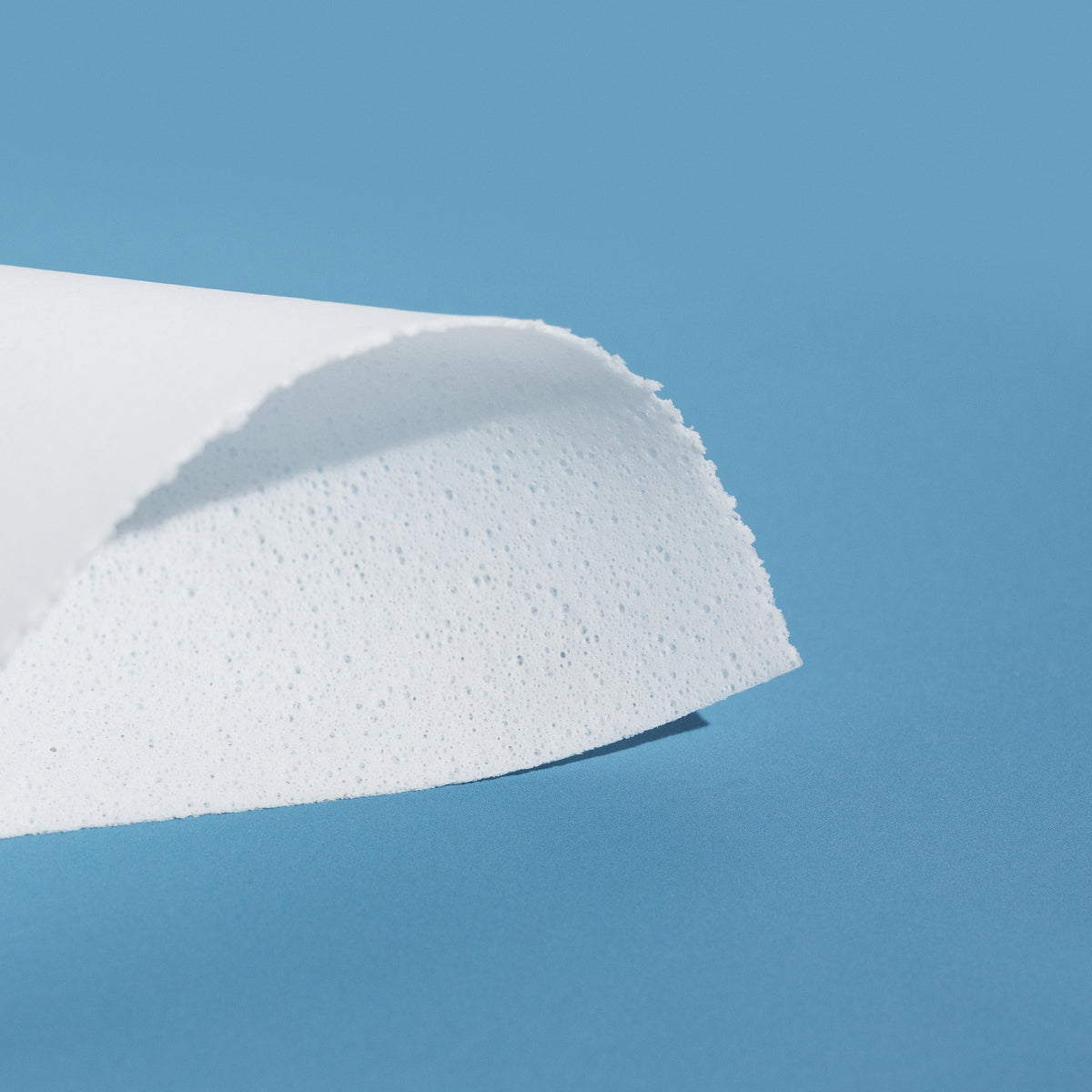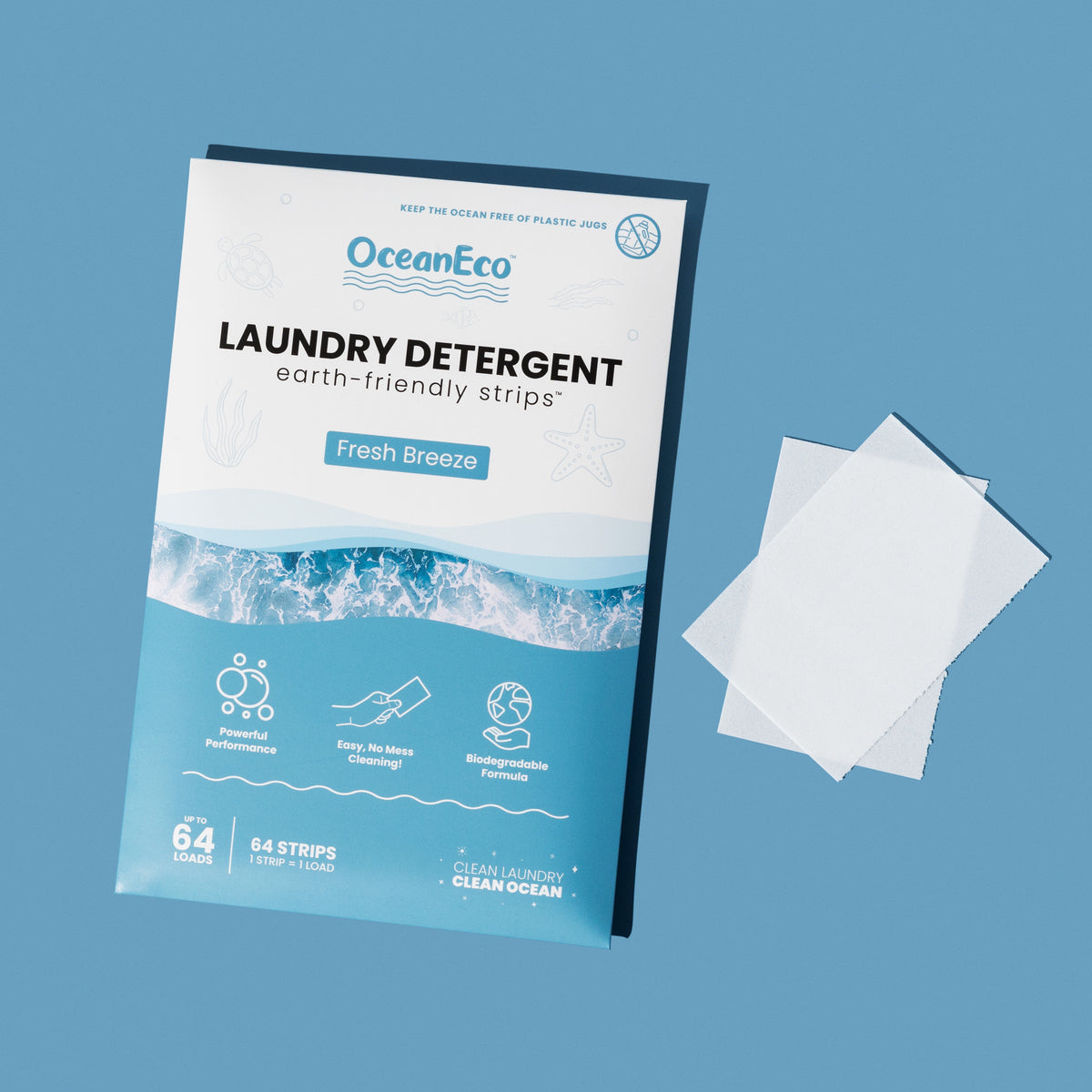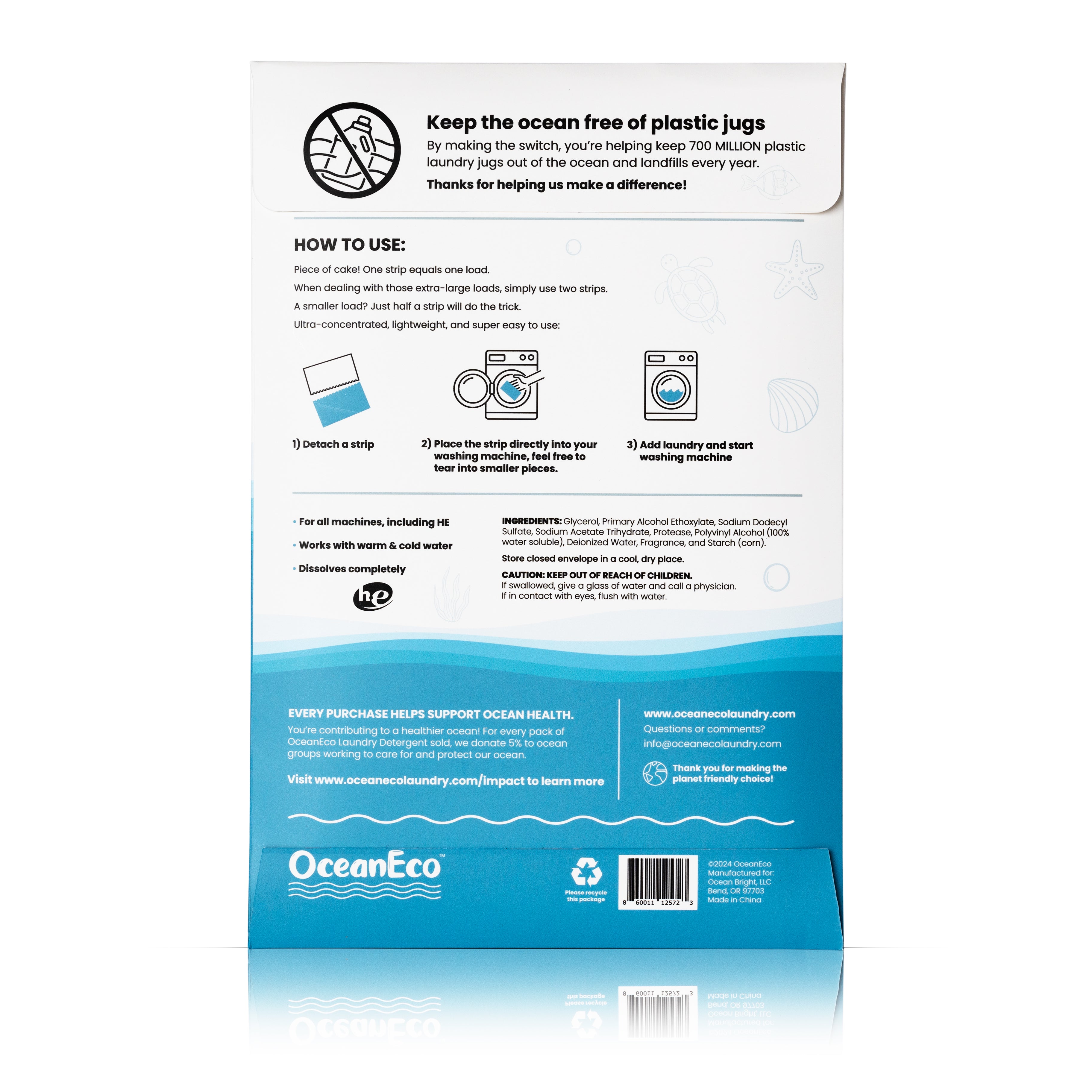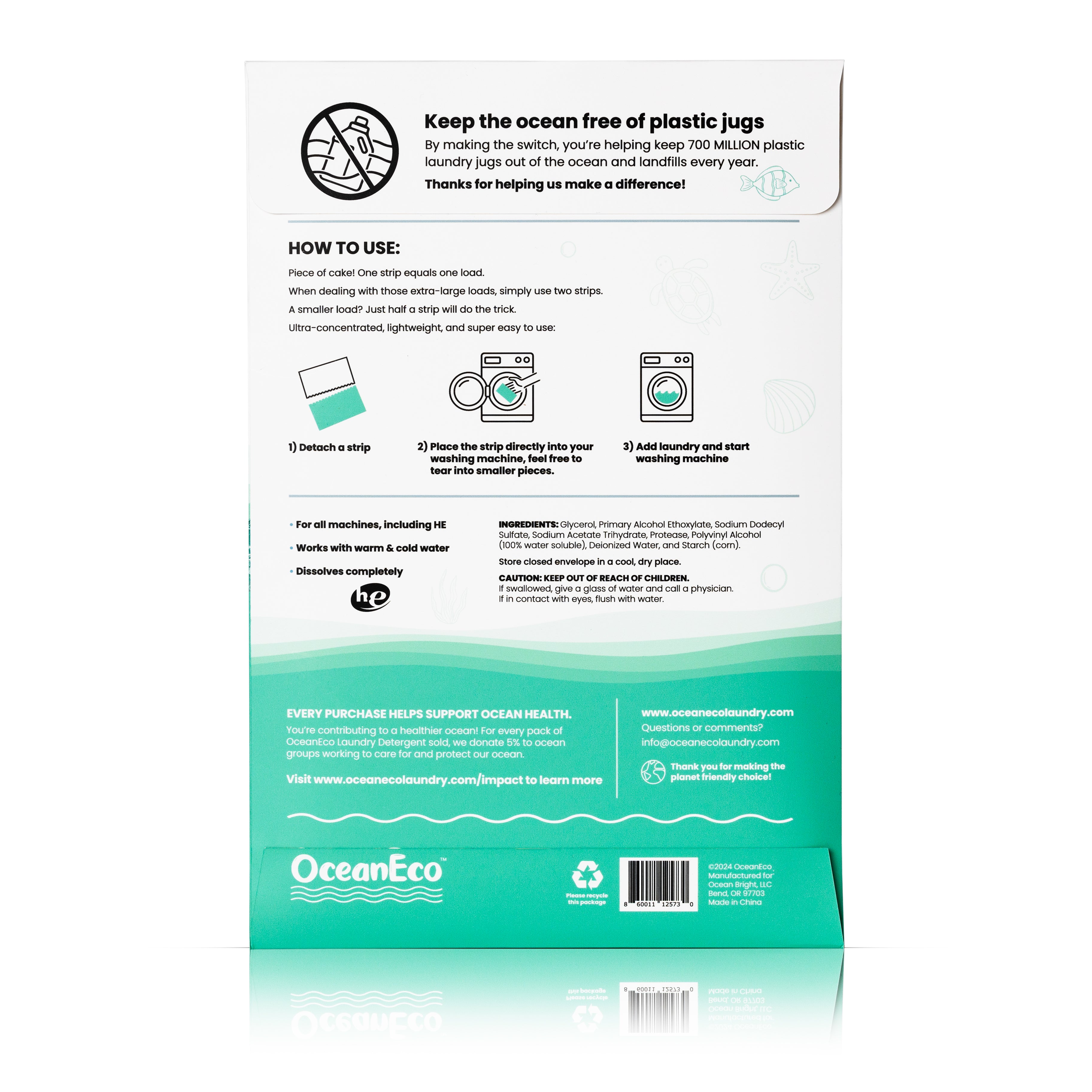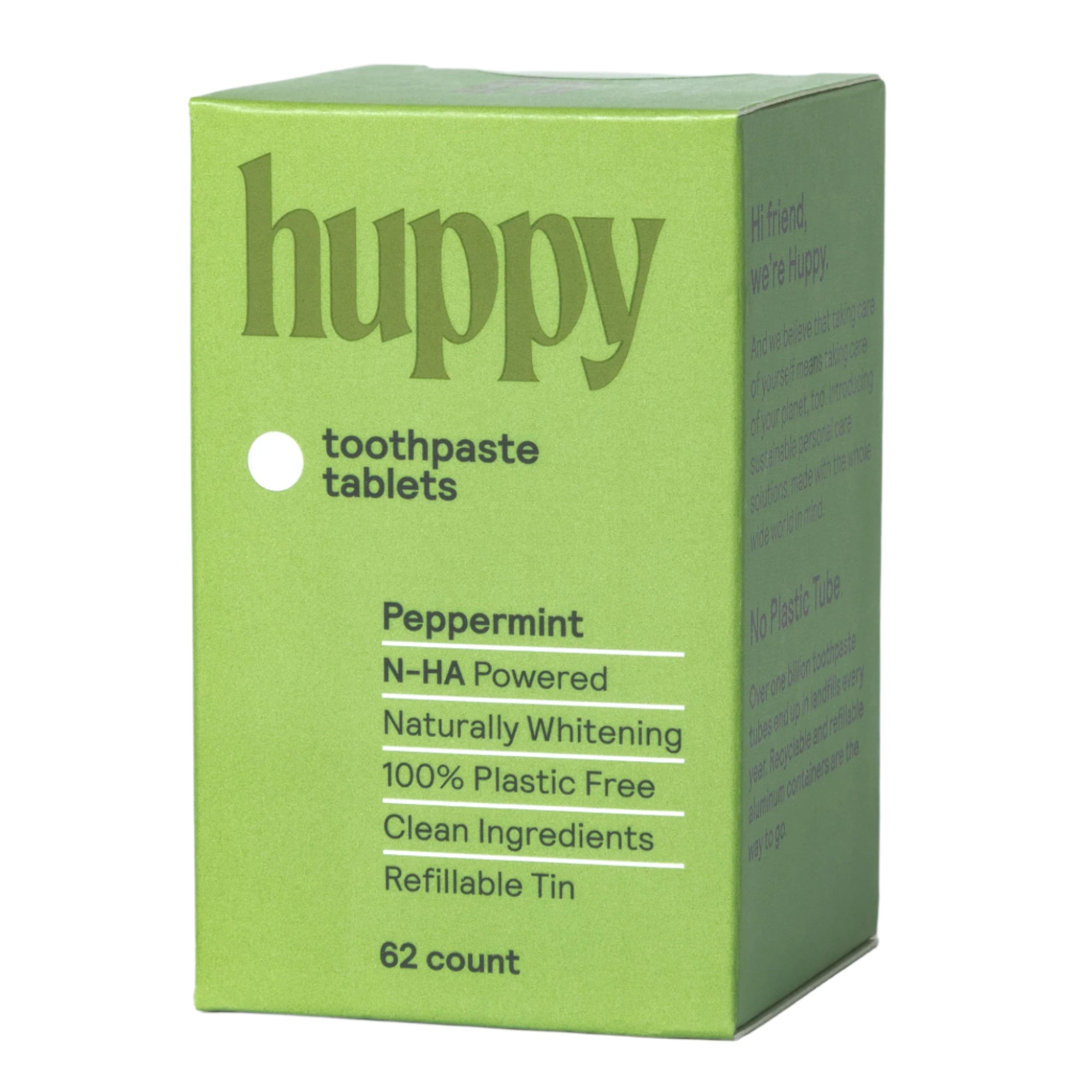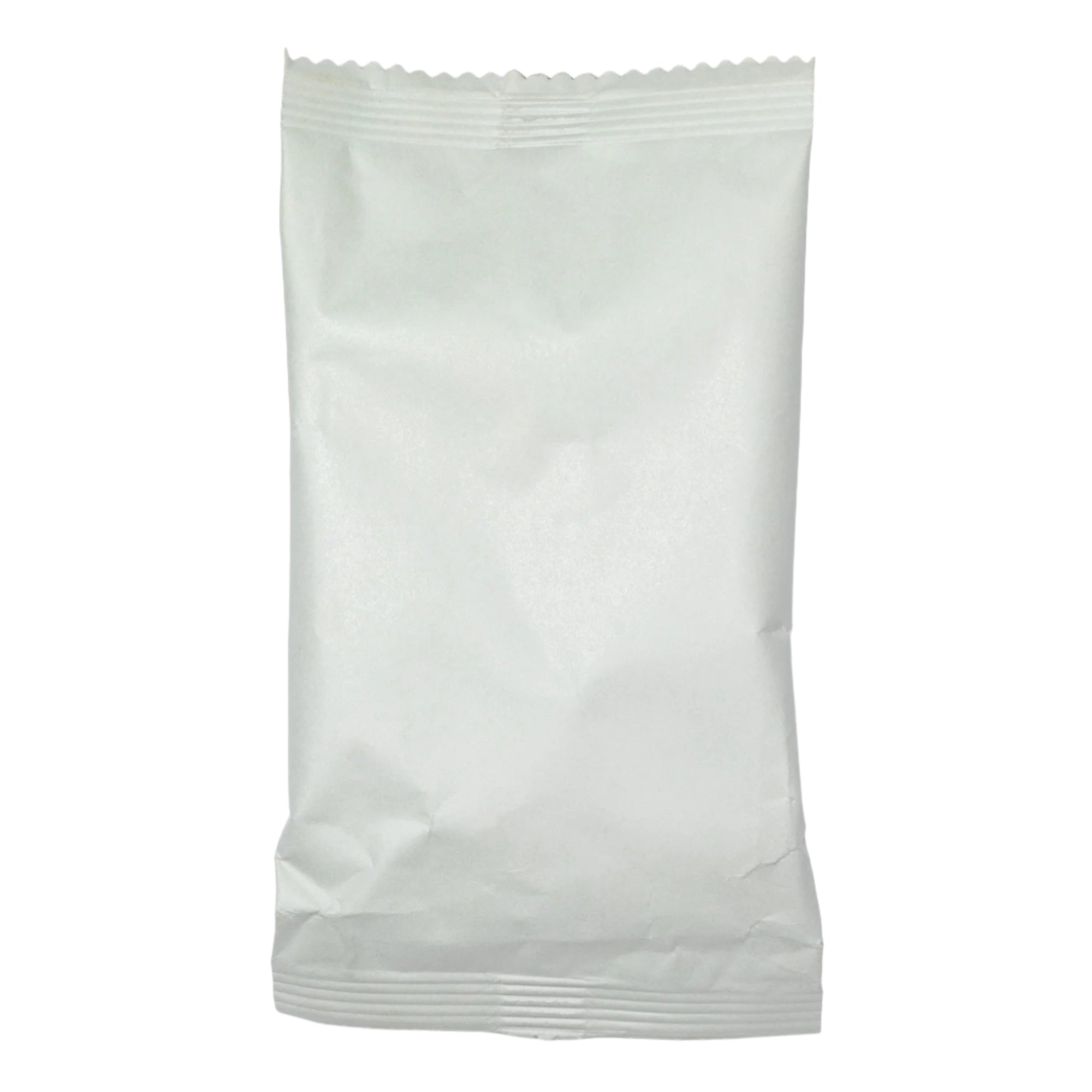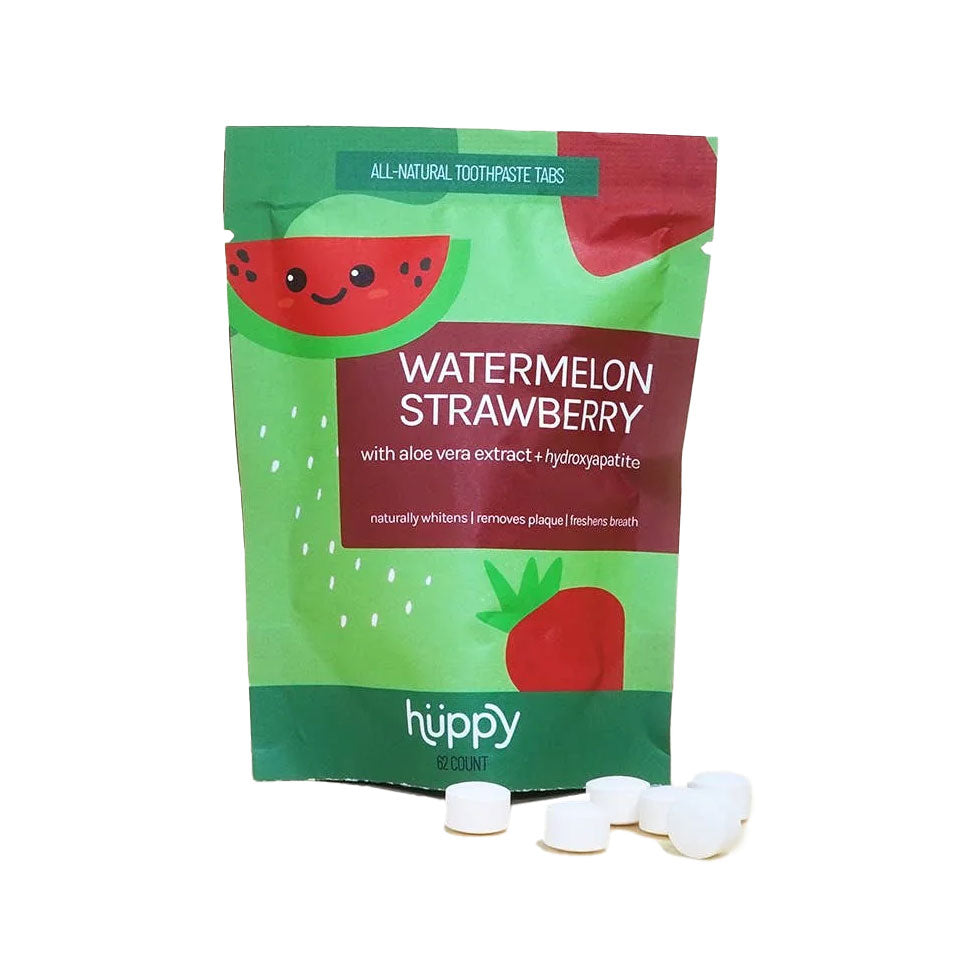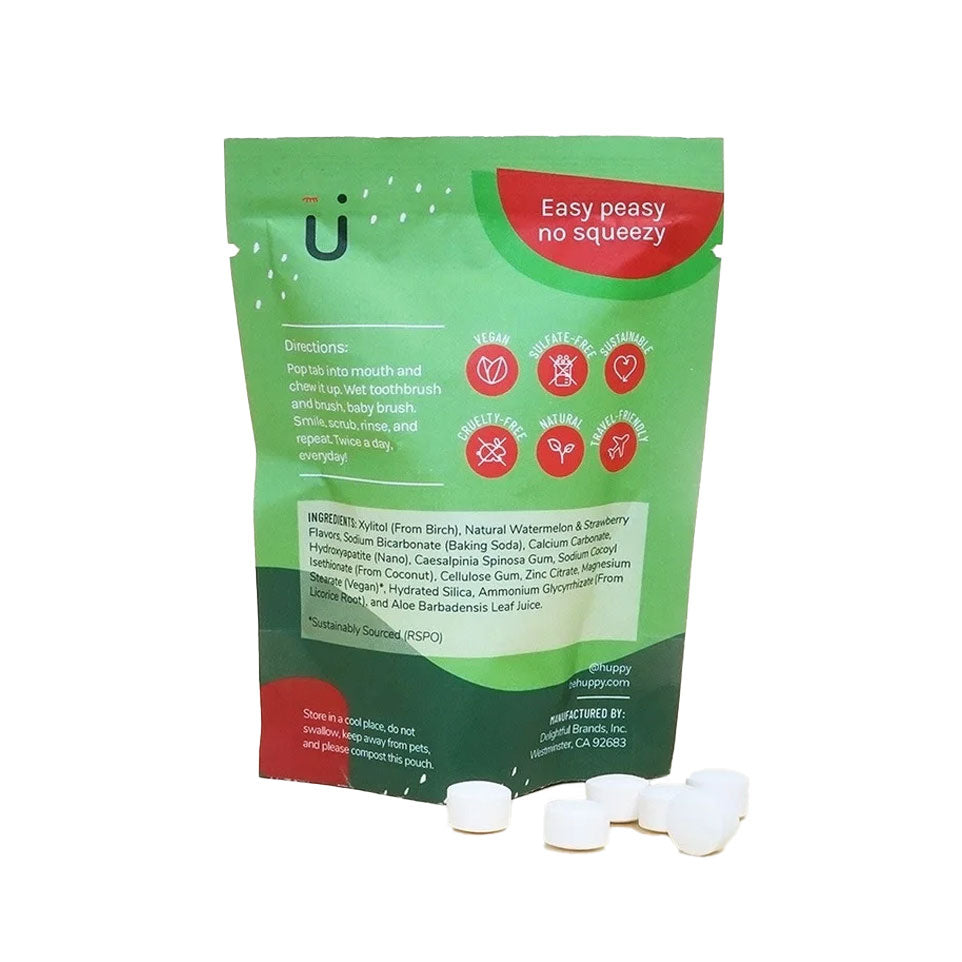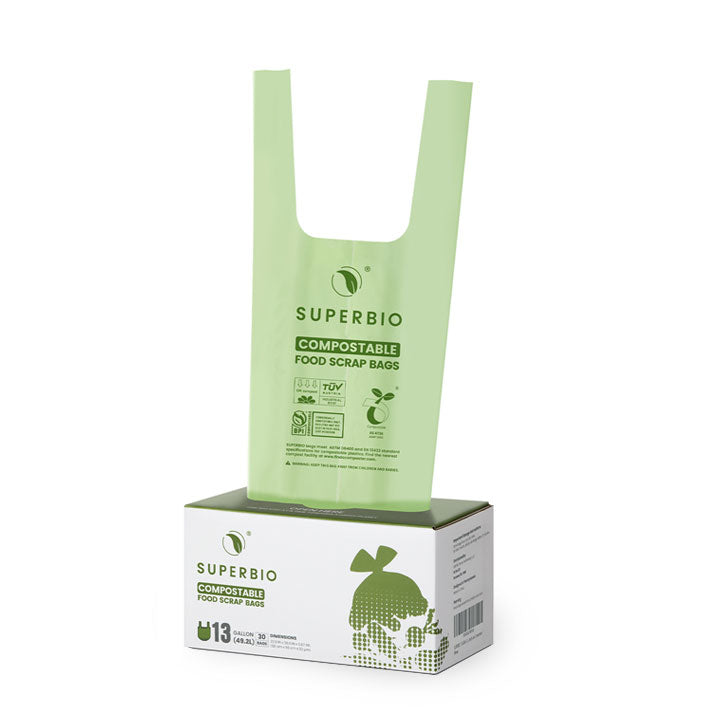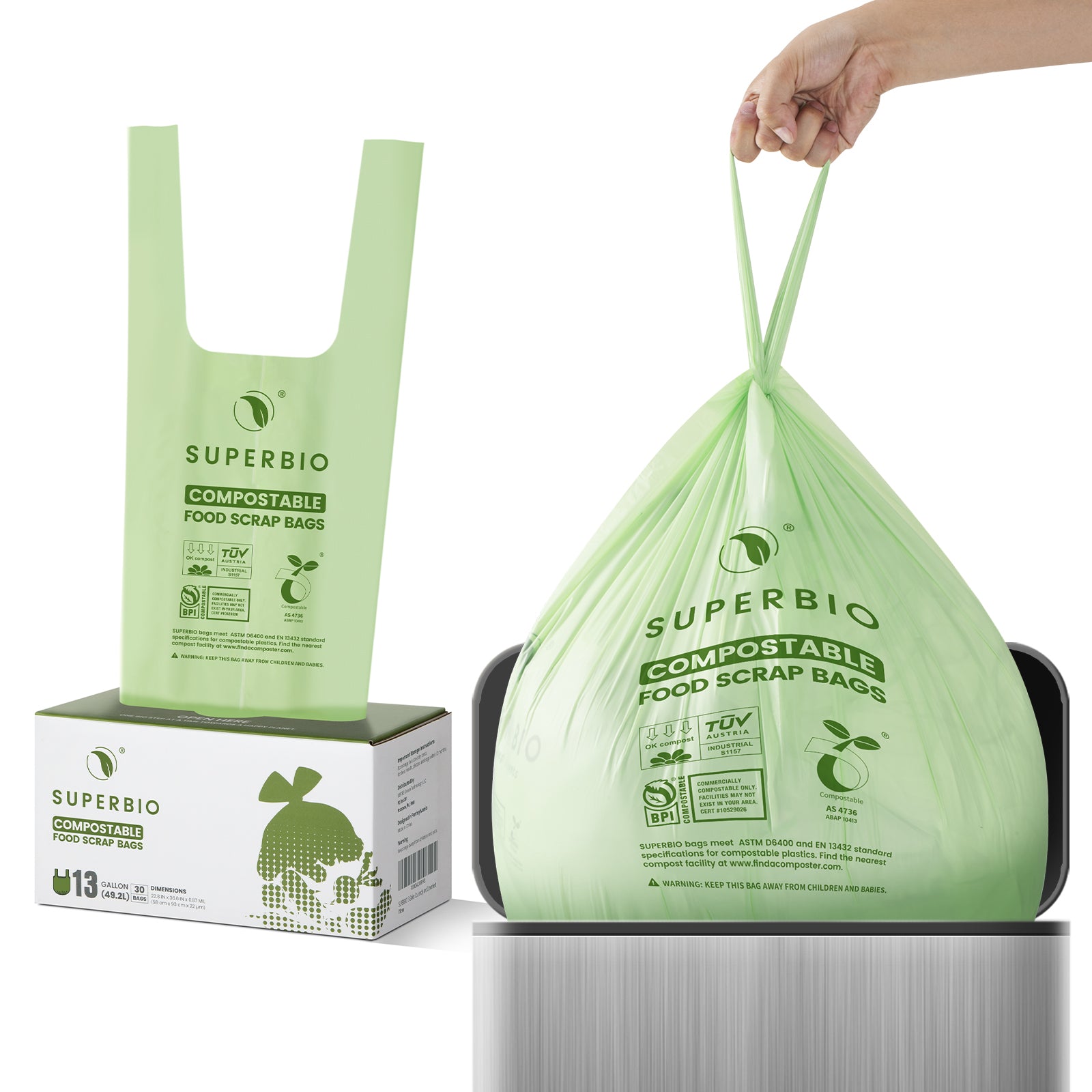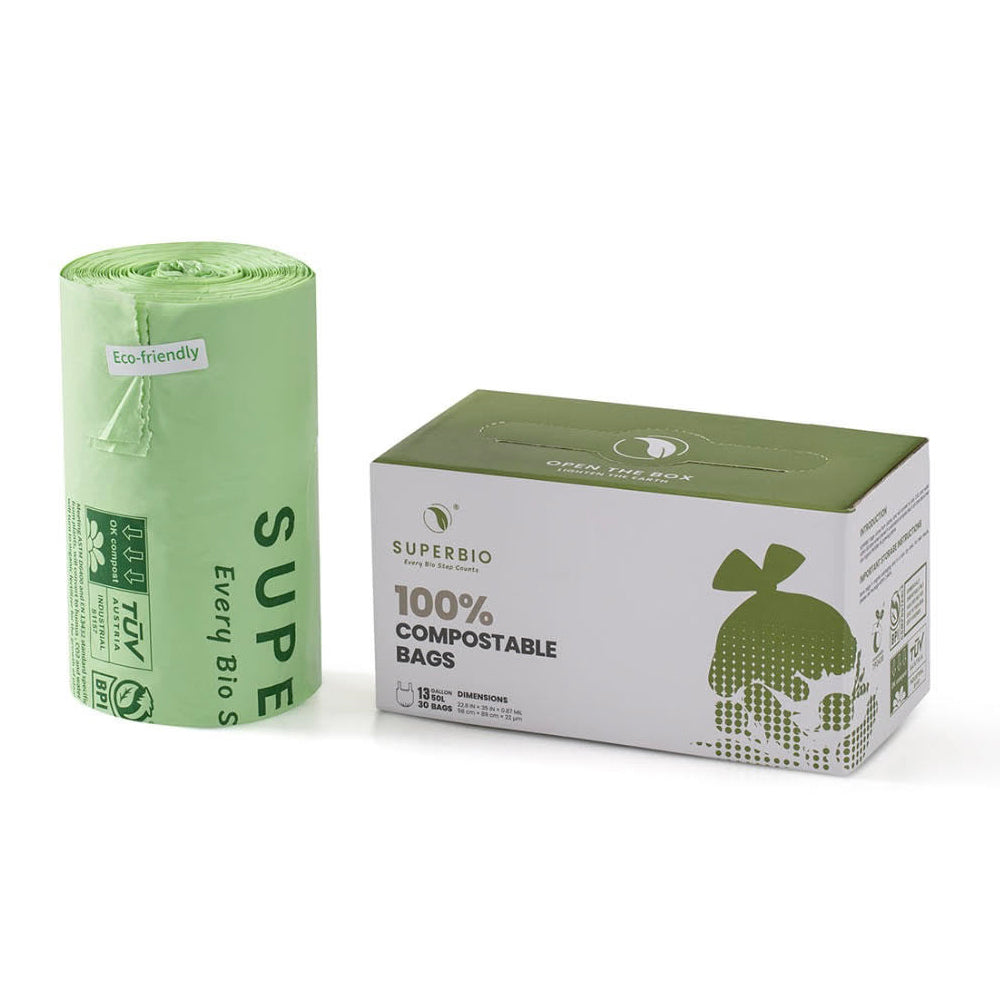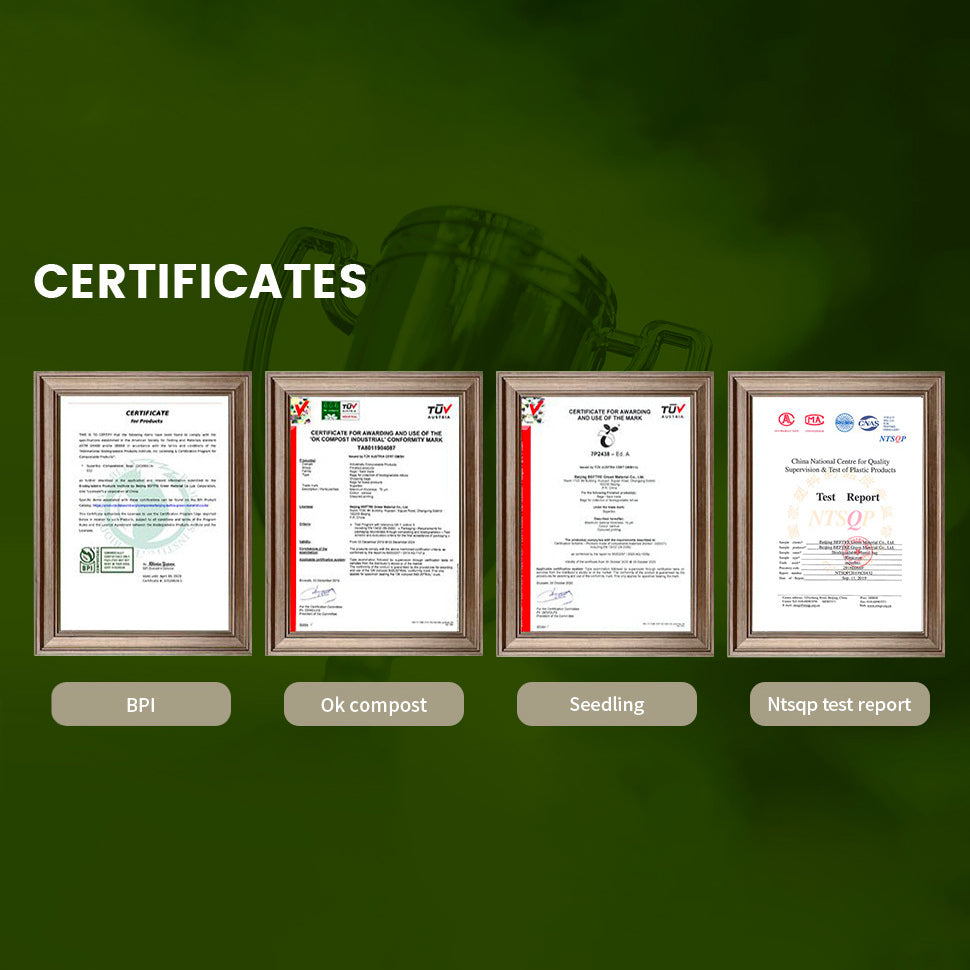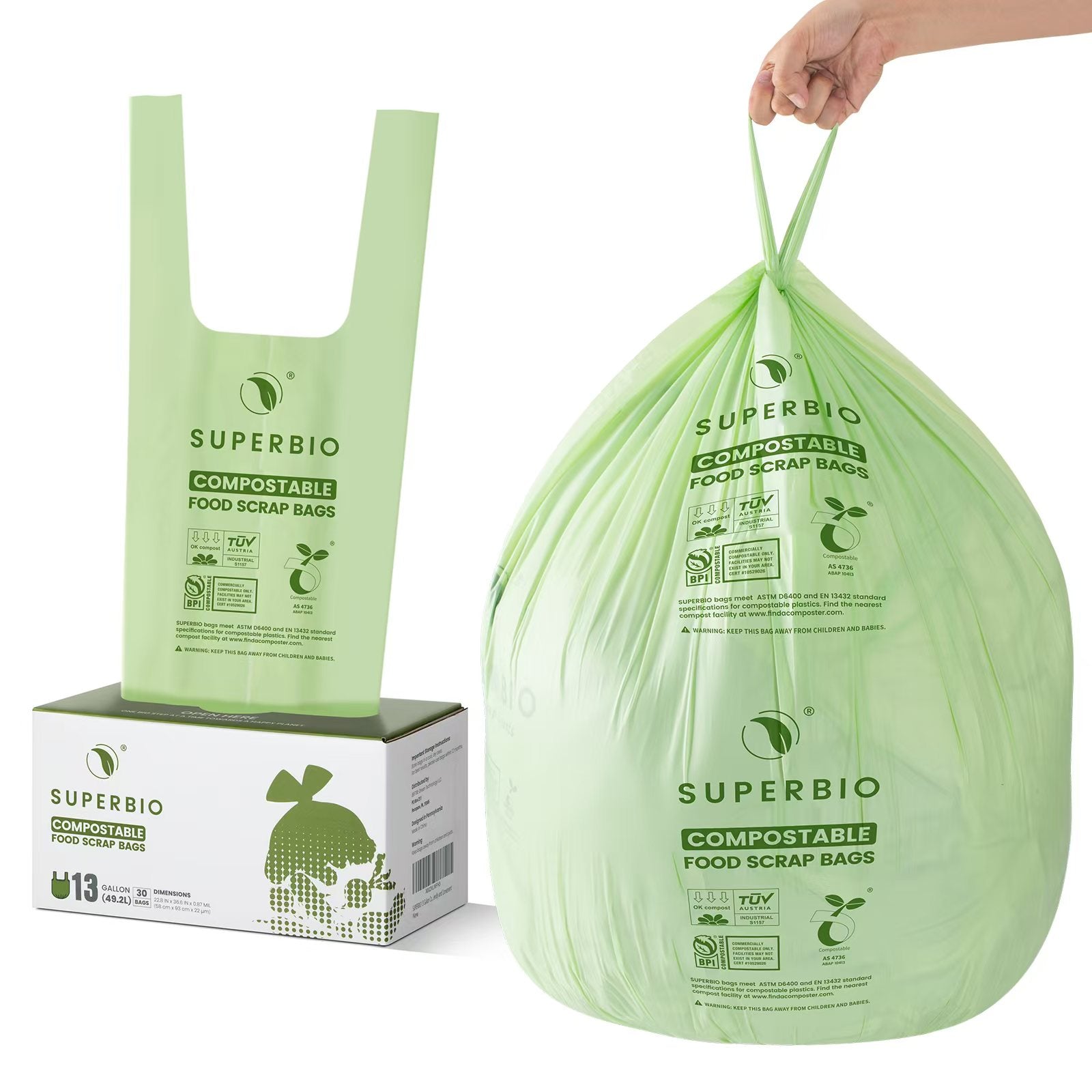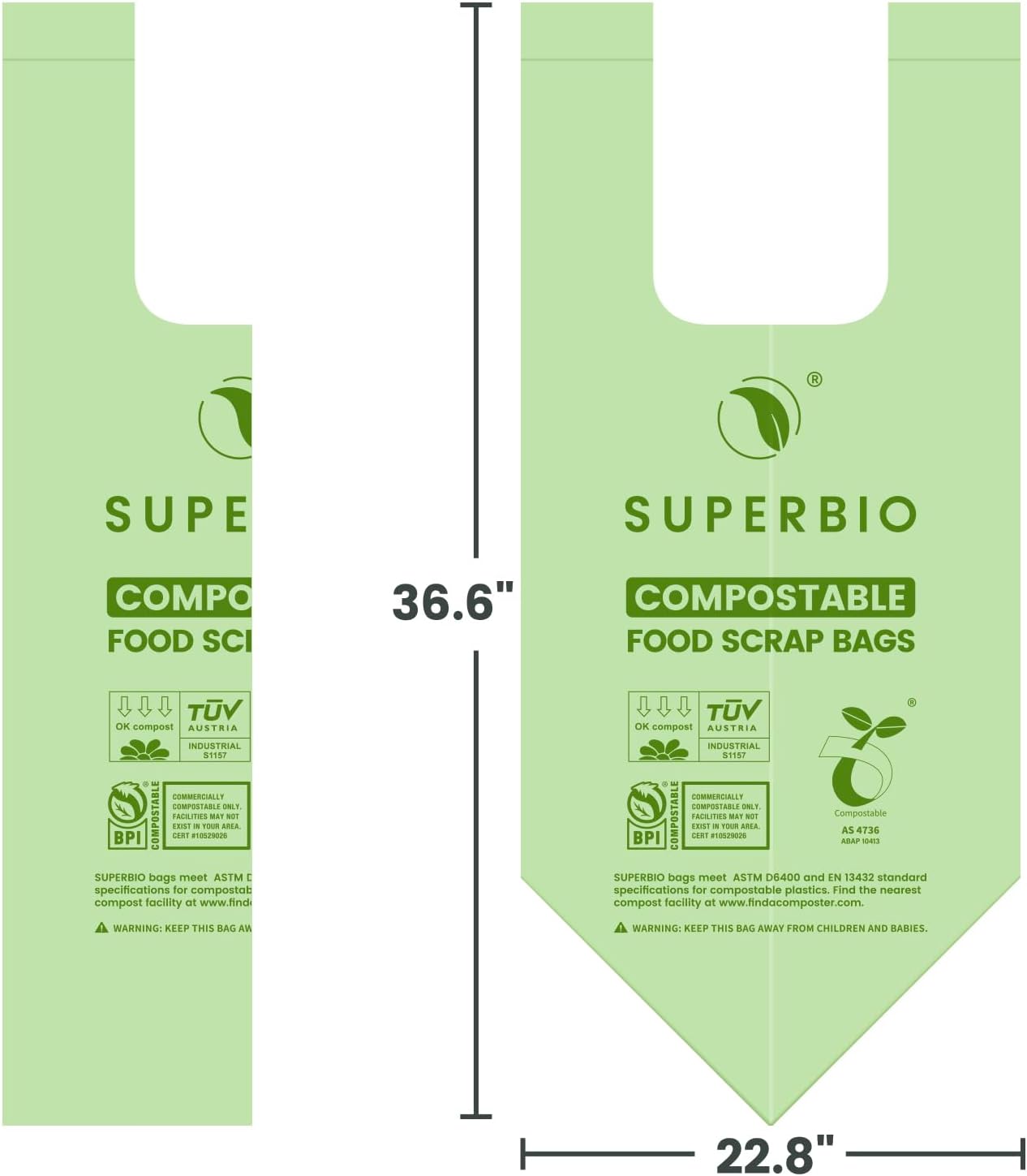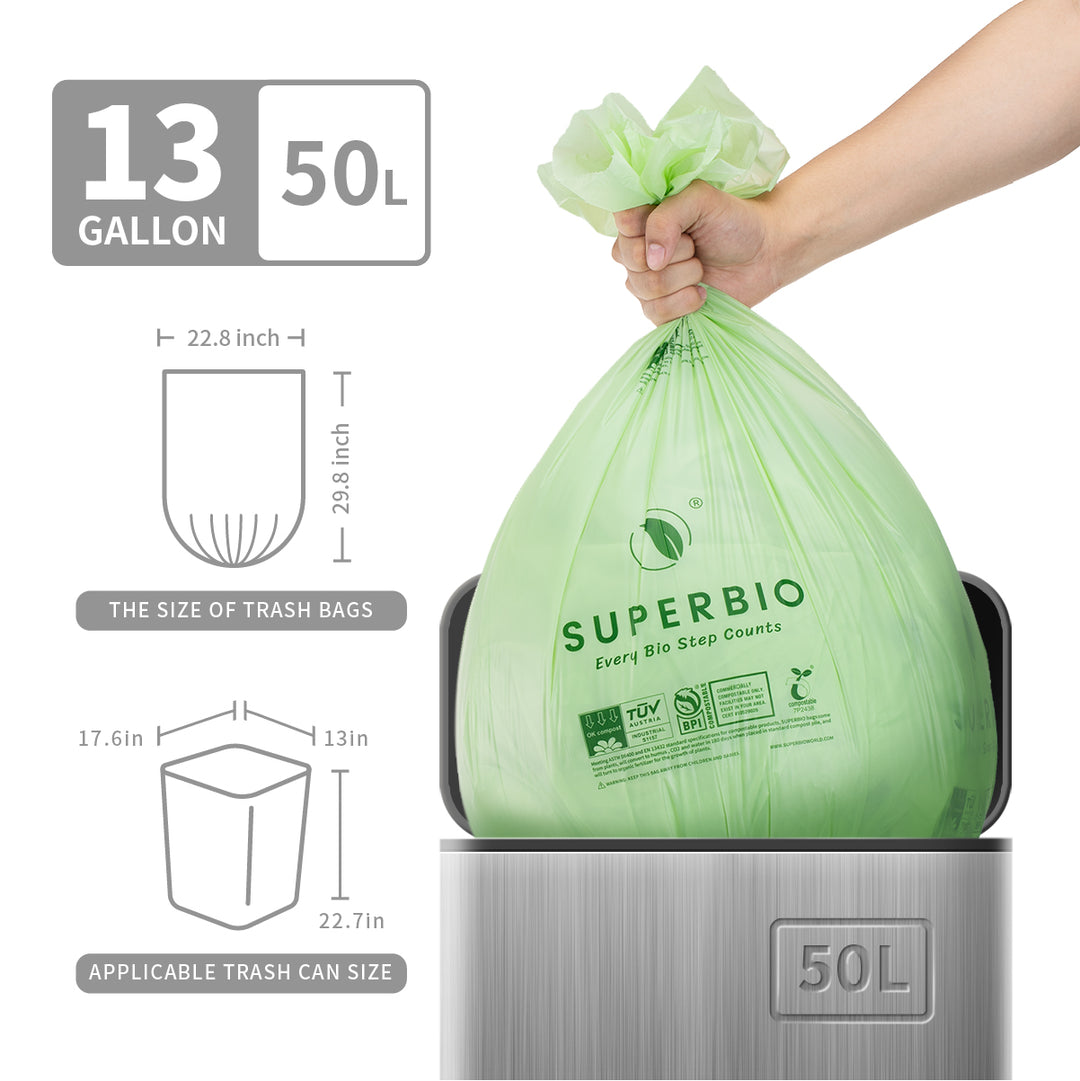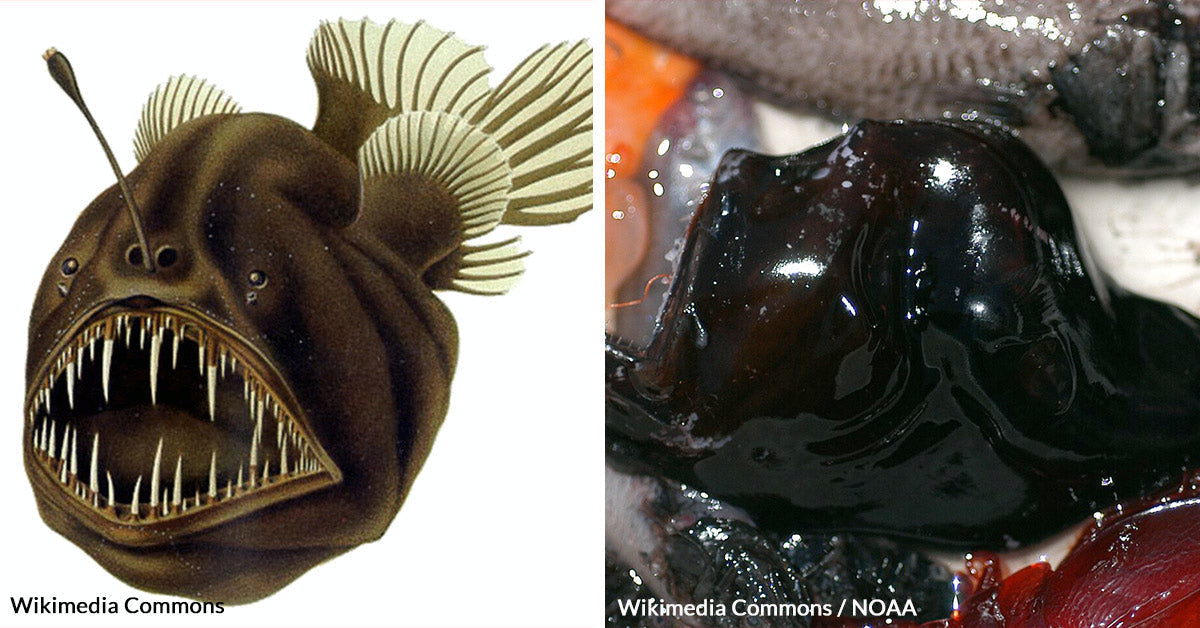Scientists Uncover Mysterious Purple Creature with 24 Feet In Pacific Ocean
Scientists have found an unusual marine creature lurking in one of the deepest parts of the Pacific Ocean. It has a rich purple hue, an elongated body, 17 tentacles, and 24 pronounced “feet.”
This discovery occurred in the shadowy depths of the Kermadec Trench, far below the sunlit surface.

Photo: Yun-Lu Xiao, Hai-Bin Zhang
A single specimen was collected from the Kermadec Trench.
A Joint Quest Below
China and New Zealand teamed up for a comprehensive study in the South Pacific. As the South China Morning Post reports, their six-month exploration took them into waters that can reach nearly 10,000 meters in depth. During dives, they observed an upside-down anglerfish, large anemones anchored by elongated stalks, and several sea cucumbers roaming the seafloor. The findings of these expeditions showcase a vibrant biodiversity at crushing pressures.
Researchers ventured into the hadal zone using a specialized submersible, navigating hostile conditions to collect samples. Along the way, they caught sight of a creature that resembled a blob, yet stood out because of its violet color and extra appendages. The team carefully retrieved a single specimen and brought it back for analysis.

Photo: Yun-Lu Xiao, Hai-Bin Zhang
It measured about 1 foot in length before preservation.
An Unusual Sea Cucumber
Experts examined the curious animal and realized it was a new species of holothuroid, or sea cucumber, now named Laetmogone multiradiolus. Detailed observations, including measurements of its ossicles—tiny skeletal wheels found under the skin—confirmed its uniqueness in a study published in Zoosystematics and Evolution. The microscope revealed rimmed wheels with multiple spokes, a trait that inspired the “multiradiolus” (“many-rayed”) in its name.
This deep-sea dweller measured about 1 foot in length when it was alive. It also had 24 sturdy tube feet arranged in pairs along each side. That number of “feet” is uncommon, even among other abyssal sea cucumbers. The discoverers noted its 17 large tentacles circling an elongated body, which was uniformly dark violet. Its papillae, or dorsal protrusions, were also unusually prominent.

Photo: Yun-Lu Xiao, Hai-Bin Zhang
The creature’s scientific name is Laetmogone multiradiolus. Its spoke-like internal structures inspired the name.
Life in Extreme Places
The Kermadec Trench sits north of New Zealand and drops to some of the greatest depths on Earth. Pressures there can be a thousand times higher than at the surface, yet organisms continue to thrive by using specialized adaptations. These abyssal creatures rely on remnants of organic matter drifting down, including the remains of fish and plankton. Many stay close to the seabed, crawling or waiting for their next meal to appear.
According to the Miami Herald, scientists discovered only one specimen of this newly identified sea cucumber. Its presence highlights how much we still have to learn about life in the planet’s remote regions. Researchers believe more finds may await in other unexplored pockets of the Pacific Ocean, especially on seamounts and deeper ridges.

Photo: Pexels
Researchers used a manned submersible to spot the creature.
Potential for Future Discoveries
Scientists continue analyzing all specimens collected during this mission. Many anticipate additional surveys in adjacent waters, which remain largely undocumented. Every dive offers a chance to discover new organisms, each equipped with features molded by extreme conditions. These habitats may hold clues to the evolution of marine life, especially for animals that can withstand extraordinary pressures.
Though no other specimens of L. multiradiolus turned up, its single appearance already broadens our understanding of deep-sea biodiversity. Researchers say the simplest next step is returning to the Kermadec Trench.
With more advanced equipment and broader searches, the hope is to unearth additional examples of rare lifeforms. Each new dive could reveal hidden branches on the tree of marine evolution.



































































































































































































